Humanity has been enthralled by the sleek form of a shark swimming through water for aeons. They are one of the few really untamed frontiers on Earth, being apex ocean predators. Our simultaneous awe and fear of these creatures has birthed an entire pop culture niche obsessed with sharks. This obsession has also led some ambitious aquarists to ponder whether sharks can truly be kept within the confines of a home aquarium. But how realistic is this endeavour? Can an average fishkeeping hobbyist actually own one of these powerful marine hunters?
While the idea of exhibiting a live shark in your living room may seem far-fetched, advancements in aquarium technology and shark husbandry practices have inched this concept closer to reality over recent years. However, sharks remain highly complex animals with very specific care requirements. Large enclosures, powerful life support systems, specific feeds, and careful water quality control are required. Sufficient financial means, expertise about sharks, and a relentless commitment to the welfare of the animal are all necessary for the successful custody of a shark.
This article aims to provide a comprehensive perspective on the feasibility and responsibilities of maintaining sharks in home aquariums. We explore suitable species, habitat considerations, ethical issues, sourcing sharks, regulatory policies, and the overarching question – should hobbyists keep sharks at all?
Breaking Down the Myth of “Mini Sharks”
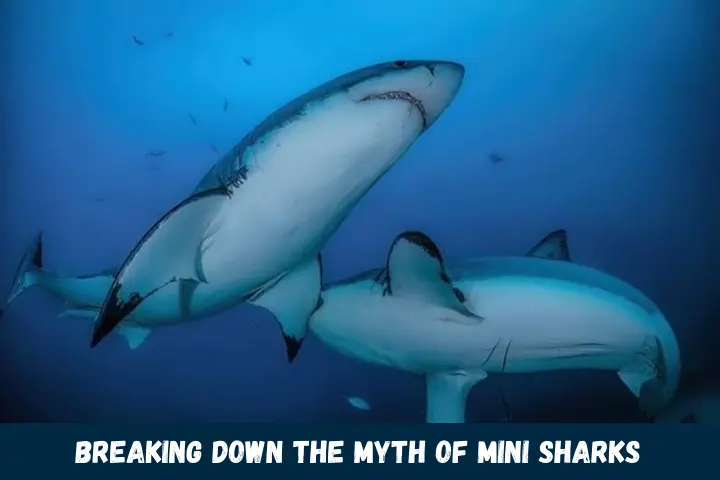
Mainstream media has propelled the myth of cute “mini sharks” that can thrive in small home aquariums. Rest assured, no sharks are mini or compact enough to squeeze into a decorative fish tank. Most shark species reach adult lengths of at least 4 to 5 feet, with several giants like the Whale Shark exceeding 40 feet!
While diminutive species do exist, terms like “dwarf,” “mini,” or “pygmy” sharks remain misleading. For instance, one of the smallest sharks – the Dwarf Lanternshark – still reaches over 2 feet as an adult. Such sharks may appear pint-sized in contrast to larger species, but require expansive tanks nonetheless.
Most home aquarists would consider an 8-inch long freshwater Guppy as a mini fish. Now imagine that Guppy was equipped with razor-sharp teeth within a muscular jaw, could sprint through water at 20 mph, and needed hundreds of gallons of specialised saltwater to thrive. That sums up the concept of “mini” sharks perfectly.
What Species Can Work in Home Aquariums?
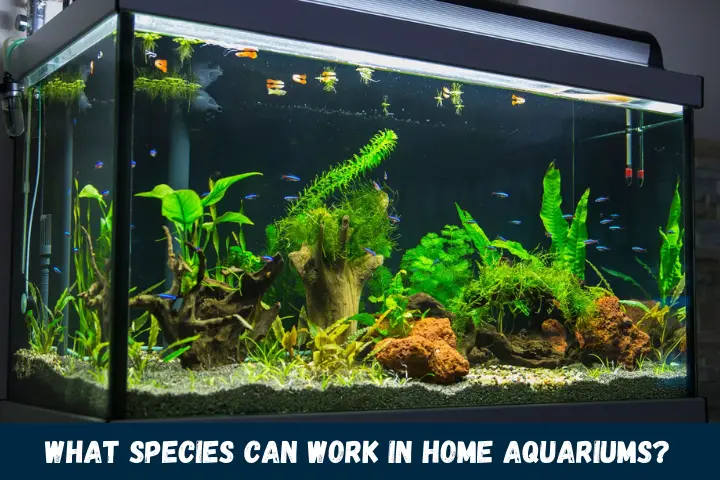
Realistically, only a handful of small shark species can adapt to enclosed home environments. Key factors determining compatibility include maximum adult size, relative docility, hardiness towards captivity, ease of feeding, and non-aggressive behaviours. Species that tick most boxes include:
Bamboo Shark: A small, slow-moving carpet shark that spends much time resting on the tank bottom. Max size around 3.5 feet. Docile temperament.
Epaulette Shark: Bottom-dwelling species under 3 feet long. Peaceful towards tank mates and moderately hardy.
Port Jackson Shark: Stocky build under 5 feet. Spends days partially buried under substrate. Easygoing temperament.
Coral Catshark: Seldom exceeds 2.5 feet. Nocturnal species that adapts well to captivity.
Nurse Shark: Despite 8-foot potential, exhibits peaceful temperament. Requires vast floor space.
Horn Shark: Grows to 4 feet. Bottom-dwelling and relatively docile. Demands pristine water quality.
Wobbegong Shark: Flattened body shape under 7 feet. Usually placid towards divers and aquarists.
Best Saltwater Sharks for Home Aquariums

The above species represent some of the few sharks currently feasible for advanced home aquarists to maintain. However, even these “suitable” species have stringent habitat requirements demanding substantial investments. All are marine, or saltwater sharks requiring highly specialised equipment and care.
Saltwater aquarium ownership intrinsically poses greater challenges than freshwater systems, owing to the precise water chemistry needed. Mimicking oceanic conditions requires maintaining appropriate salinity, alkalinity, calcium, and magnesium levels. This depends on robust protein skimming, ozone or ultraviolet sterilisation, chemically-balanced salt mixes, and water movement facilitating gas exchange. Such systems require constant monitoring, routine maintenance, and backups to prevent crashes.
Now add a shark to this high-maintenance environment! Saltwater sharks amplify technical requirements by producing more waste, needing bigger volumes, and potentially disrupting tank dynamics. Species like Bamboo Sharks may seem tranquil, until facing unstable parameters that trigger aggressive tendencies. Successful saltwater shark husbandry demands the highest quality life support infrastructure expertly operated by committed aquarists.
Home Aquarium Size Considerations
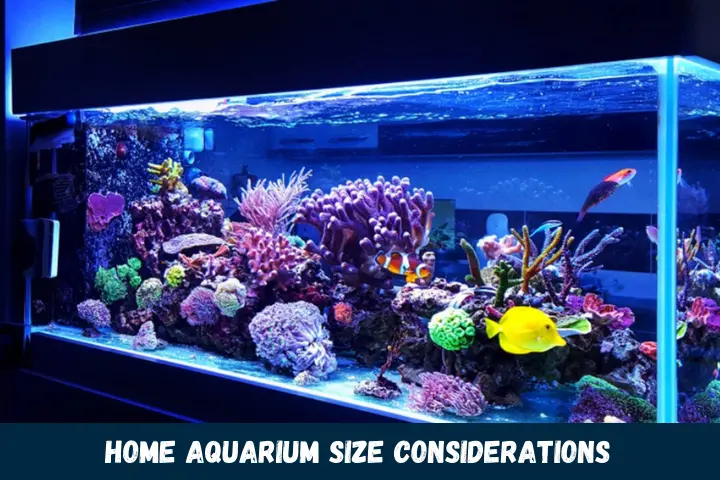
While some diminutive species may technically “fit” within compact tanks, no shark thrives in limited quarters devoid of horizontal swimming space. Think thousands of gallons rather than hundreds. Large public aquariums exhibiting sharks, like Georgia Aquarium’s 6.3 million gallon Ocean Voyager, exemplify appropriate proportions.
For home settings, specialty tank builders create custom fibreglass or acrylic enclosures to safely contain sharks. Such tanks may utilise rounded corners, minimal décor, and involve specialised filtration methods like closed-loop systems or fluidized sand beds. Building a dedicated shark tank requires investing upwards of $30,000 or more depending on size.
Realistically, Striped Bamboo Sharks represent the most suitable medium-sized species for advanced home aquarists. But even these sharks should only be kept in tanks exceeding 500 gallons, with 750 to 1,000+ gallon capacities being ideal. This allows continuous swimming access without restrictive lengthwise barriers. Nurse Sharks demand even bigger floorplans with some public facilities using pool-sized tanks.
Responsible Sourcing of Sharks
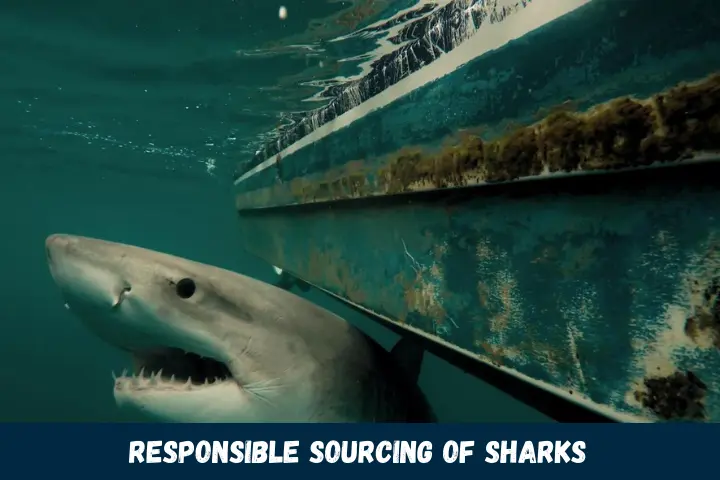
Most sharks enter the aquarium trade through wild collection from specific regions or commercial breeding programs. However, sourcing sharks ethically poses immense challenges. Many countries banned shark fishing due to population declines, meaning legal collection is near-impossible. This drives opportunistic black market practices and smuggling.
Additionally, many sharks perish during capture or transport before reaching holding facilities. One study tracking survival rates found that under 15% of caught Whitetip Reef Sharks actually reach destinations alive due to systemic industry issues. Such drastic losses fuel questions of whether any shark collection for aquariums remains ecologically viable or morally justifiable.
Conscientious aquarists must rigorously research shark suppliers to ensure legally-acquired, responsibly-collected specimens from demonstrably sustainable stocks. Captive-bred sharks offer an ethical alternative by eliminating fishery-related deaths. However, only a handful of species currently breed reliably in captivity to satisfy aquarium demand. Expanding breeding initiatives to supplement founder populations could reduce collection impacts. But the road towards completely “sustainable” shark aquaculture remains long.
Feeding Considerations
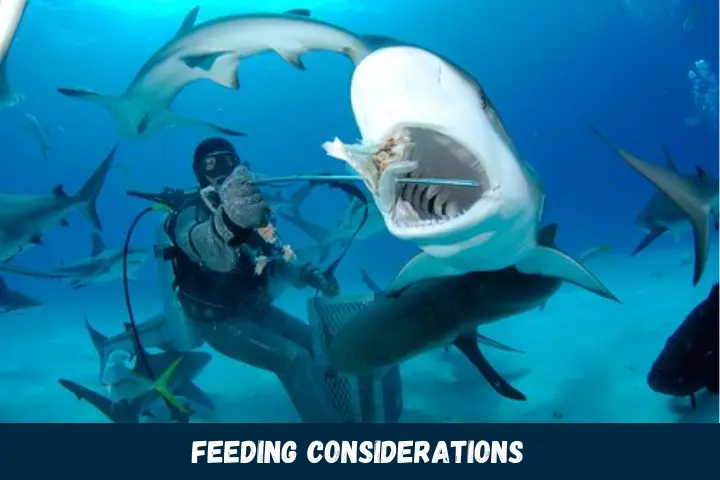
In the wild, most sharks are strict carnivores consuming fish, squid, crustaceans and even marine mammals. Mimicking such diverse diets in home aquariums with nutritionally-complete prepared foods is challenging but critical. Justin Bartlett, Shark Researcher from the California Academy of Sciences states:
“Nutrition heavily influences health and growth rates. Many sharks may refuse unfamiliar foods. This issue is amplified for deep sea species like Lanternsharks acclimated to eating bioluminescent prey which aquarists cannot replicate.”
Saltwater sharks may require vitamin-enriched seafood, shellfish, nutrients-injected fish fillets, live saltwater feeder fish or thawed marine vertebrate flesh. Securing sustainably-sourced shark foods takes advanced planning and close vendor relationships. Owners must observe feeding responses to ensure complete consumption within timed intervals before fouling occurs.
Potential Diseases & Medical Care

Sharks face numerous infectious and nutrient deficiency diseases, especially under stress. Mycobacterium marinum causes chronic wasting disease. Salmonella And Vibrio bacteria produce fatal septicemias. Hepatic lipidosis leads to liver failure. Such conditions demand oral antibiotics, fluid therapy, disinfectants or improved diets.
However, diagnosing ailments poses difficulties given sharks do not manifest symptoms early on. Owners must develop keen observation skills and react promptly. Visiting aquarium vets skilled in elasmobranch medicine remains crucial for health interventions, usually with anaesthesia administered prior to checkups or procedures.
Overall Husbandry Difficulties
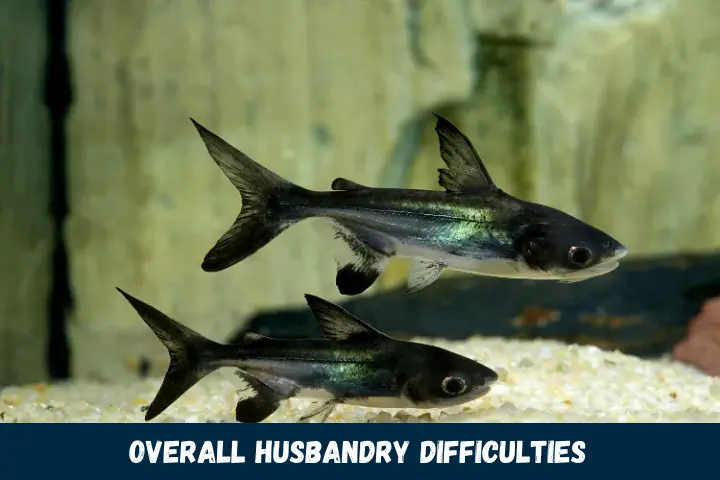
Assuming ethical sourcing and appropriately sized setups, sharks still succumb easily to suboptimal care. Specific gravity, dissolved oxygen, nitrogen levels and other water parameters falling slightly outside ideal ranges prove detrimental. Warning signs like clamped fins, diminished appetite or skin lesions appear relatively late. Preventative measures must be proactive, not reactive.
Such exacting requirements make saltwater sharks amongst the most challenging aquatic animals to maintain within home aquariums. While viable for expert aquarists with resources to provide upgraded redundancies across filtration, heating, testing kits and emergency protocols, such systems border on the edge of failure frequently. One minor equipment malfunction or accidental water parameter oversight could result in disaster. Maintaining
The Legalities of Owning Sharks

Given public safety and conservation concerns, several countries prohibit private shark ownership without specialty permits. For example, the EU lists many species on the Wildlife Trade Operation (WTO) demanding import licences. Florida requires multiple permit types to keep native species like Blacktip and Bull Sharks deemed high-risk.
Federal policies also regulate interstate transport of exotic or dangerous animals, including live sharks. Potential owners must investigate legality on national, state and local levels before procurement. Violating laws by smuggling banned species leads to steep fines or seizure alongside criminal charges. However, regulation complexity means some illicit trade likely persists through mislabeled imports.
Should Sharks Be Kept In Captivity At All?
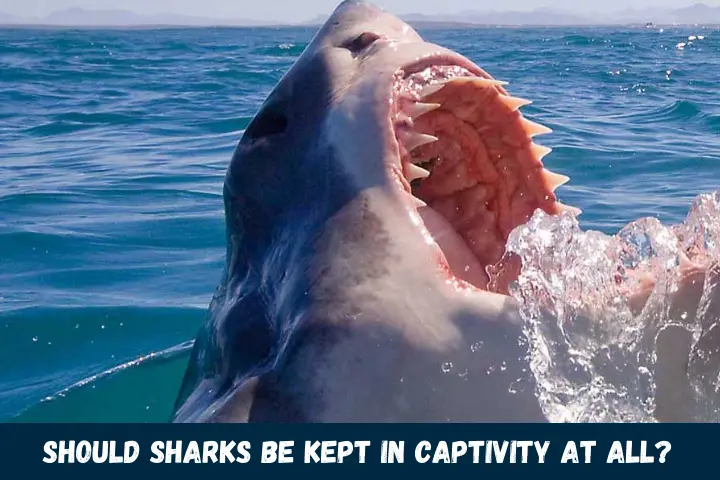
The cumulative challenges of sourcing, housing, feeding and caring for sharks ignite debates on whether private individuals or even public aquariums should maintain these animals simply for display purposes. While aquariums contribute to scientific research, publishing over 150 peer-reviewed papers annually, critics argue captive settings deprive sharks of natural behaviours critical to their wellbeing.
Within ocean habitats, sharks like the Pelagic Thresher migrate thousands of miles traversing temperature gradients and complex community structures. Critics highlight that confined aquariums cannot replicate such expansive experiences. Regardless of tank dimensions or enrichment devices, captivity remains an inherently restrictive state for such powerful swimmers.
Additionally, high mortality rates preceding initial captive display raise ethical sourcing concerns. Conservationists argue channelling resources towards protecting natural habitats yields greater ecological returns than keeping a handful of sharks under human care while species dwindle globally. However, ceasing all display efforts risks losing public engagement opportunities to drive conservation support. Aquarium advocates believe that connecting visitors to wildlife that seem inaccessible builds empathy towards safeguarding their future.
Conclusion: The Reality Behind the Allure
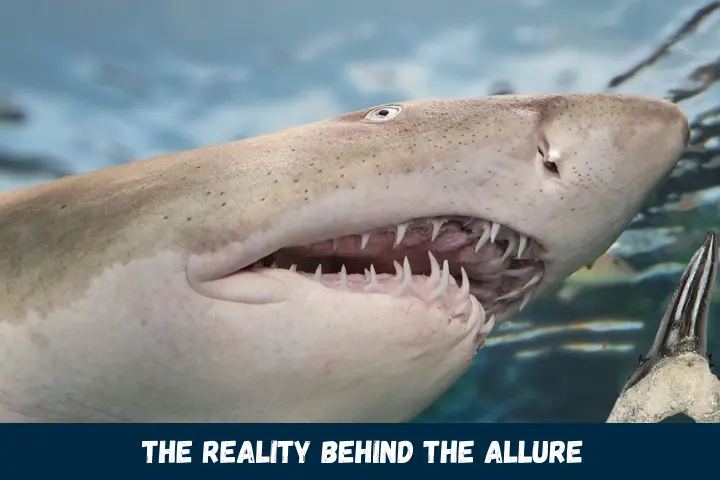
The fantasy of owning a private shark aquarium continues captivating ambitious fishkeeping enthusiasts drawn towards mastering this aquatic apex predator. However, the realities of shark husbandry reveal that successfully maintaining these advanced creatures long-term requires near scientific levels of commitment.
While smaller shark species can technically thrive within sufficiently large home enclosures under expert care, this remains an extremely specialised pursuit not to be undertaken casually. Beyond demanding extensive practical resources, keepers must exhibit disciplined focus towards upholding stringent water quality benchmarks, providing balanced nutrition, and facilitating ethical specimen procurement.
This path treads dangerously close towards impacting shark conservation in the wild when husbandry protocols lapse. Still, regulated and conscientiously implemented private shark aquariums could expand scientific understanding of captive needs and drive funding for protection initiatives. By embracing both practical limitations and ethical opportunities, dedicated aquarists may yet responsibly integrate some sharks into cultivated environments while advocating for the preservation of their oceanic habitats. Perhaps therein lies the true balancing act between owning versus safeguarding these majestic creatures.




